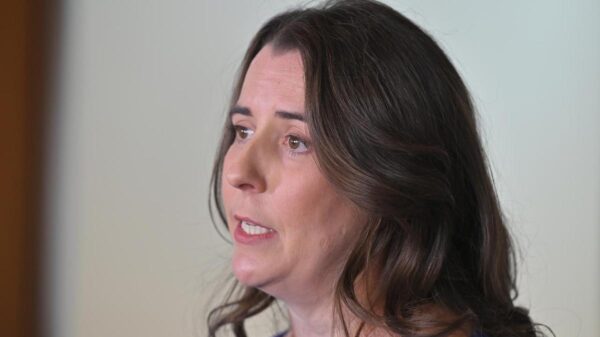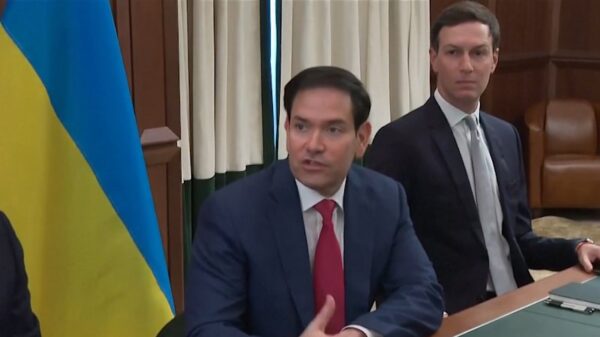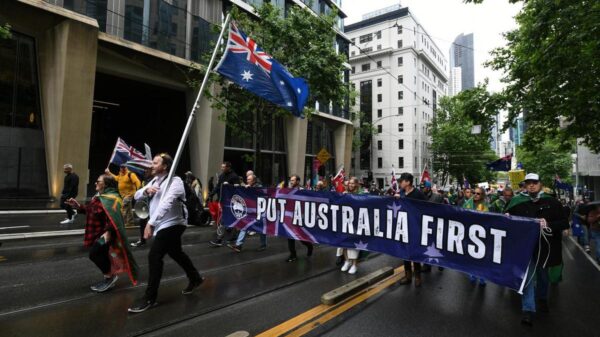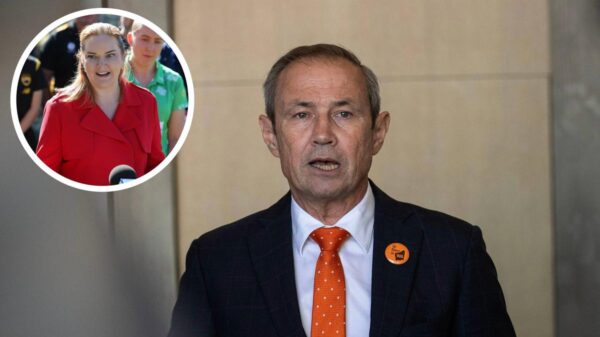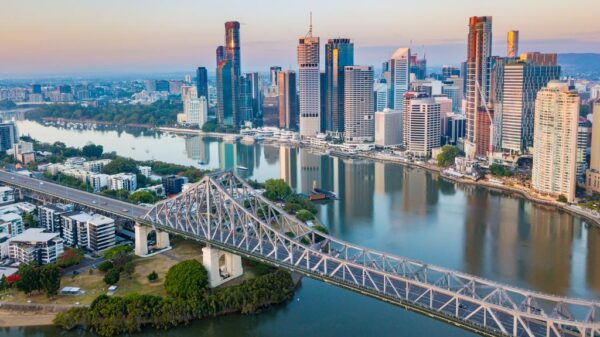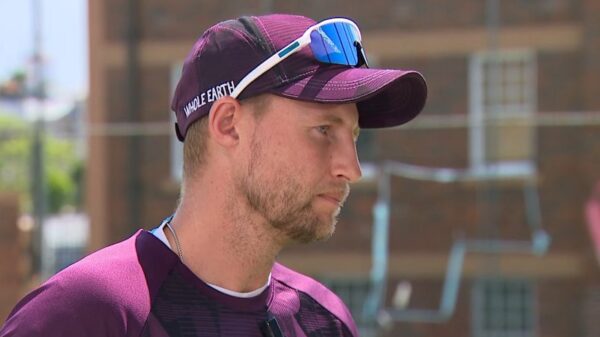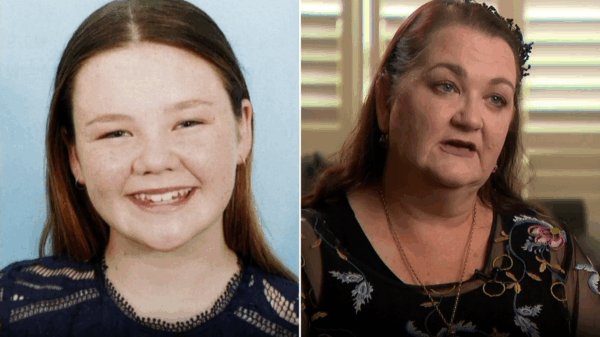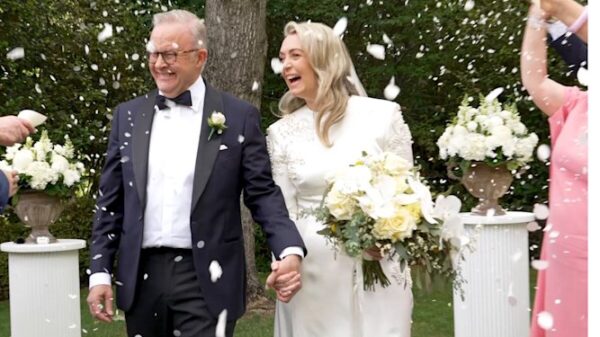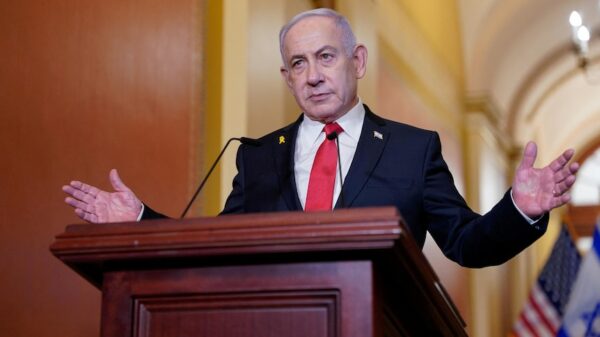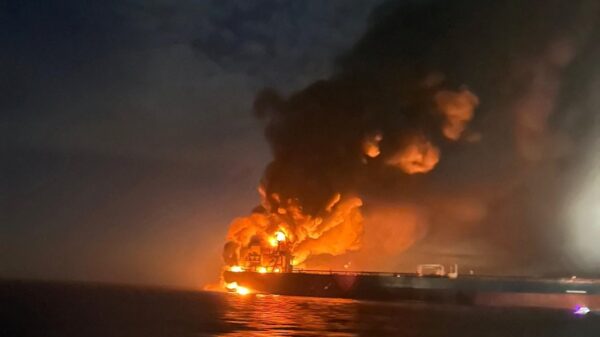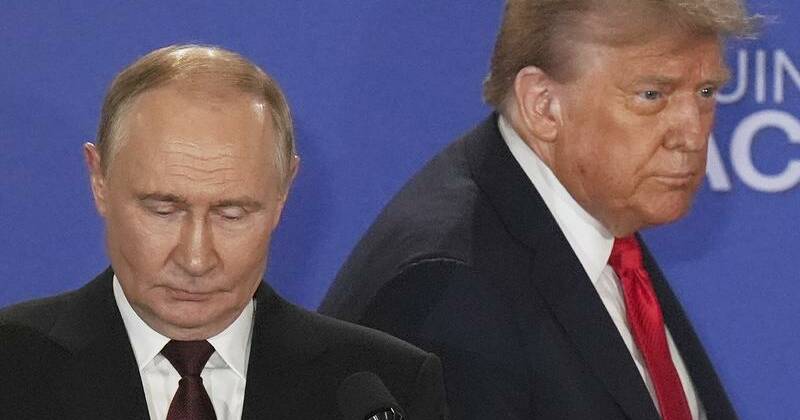Donald Trump concluded his summit with Vladimir Putin in Alaska without securing an agreement to address the ongoing conflict in Ukraine. The meeting, held at Joint Base Elmendorf-Richardson on March 15, 2024, aimed to foster dialogue amid increasing tensions, yet ended with both leaders acknowledging the absence of a concrete resolution.
Trump characterized their discussions as productive, stating, “We had an extremely productive meeting, and many points were agreed to.” However, he admitted that significant issues remained unresolved, underscoring the complex dynamics at play. Despite his aspirations to demonstrate effective deal-making skills, the summit did not result in any tangible commitments from Putin to cease hostilities in Ukraine.
During the meeting, Trump expressed his intention to brief Ukrainian President Volodymyr Zelenskiy and European leaders about the talks. This comes as Zelenskiy has increasingly sought stronger support from the United States and its allies in the face of sustained Russian aggression.
Putin, who has faced international isolation due to his actions in Ukraine, claimed that the two leaders had reached an “understanding” regarding the conflict. He cautioned European nations against disrupting what he described as nascent progress. The Russian president’s presence on U.S. soil for the first time in over a decade served as a form of validation for him, particularly after years of Western efforts to ostracize him.
Trump’s approach involved a mixture of threats of economic sanctions alongside a warm reception. He acknowledged the need for cooperation while simultaneously indicating that the responsibility for advancing peace might rest with Zelenskiy. “The onus going forward might be somehow on Zelenskiy to get it done,” Trump stated, a remark that raised eyebrows given Zelenskiy’s exclusion from their discussions.
The summit’s conclusion left many observers questioning the effectiveness of Trump’s diplomatic efforts. The two leaders opted not to hold a joint news conference, a decision that suggested the absence of significant outcomes. Instead, Trump thanked Putin and expressed a willingness to meet again in the future, with the Russian leader proposing Moscow as the next destination.
Putin emphasized the importance of moving past the current tensions, suggesting a desire to restore pragmatic relations between Russia and the United States. He praised Trump for his understanding of Russian interests, stating, “I expect that today’s agreements will become a reference point not only for solving the Ukrainian problem but will also mark the beginning of the restoration of businesslike relations.”
The summit also raised concerns among European leaders and Zelenskiy, who fear that Trump’s perceived friendship with Putin may detract from urgent support for Ukraine. The warm reception, characterized by prolonged handshakes and friendly exchanges, stands in stark contrast to the ongoing suffering and instability resulting from the war.
As the conflict in Ukraine continues into its fourth year, the lack of progress from this pivotal meeting highlights the persistent challenges in resolving one of the most pressing conflicts in contemporary geopolitics.



